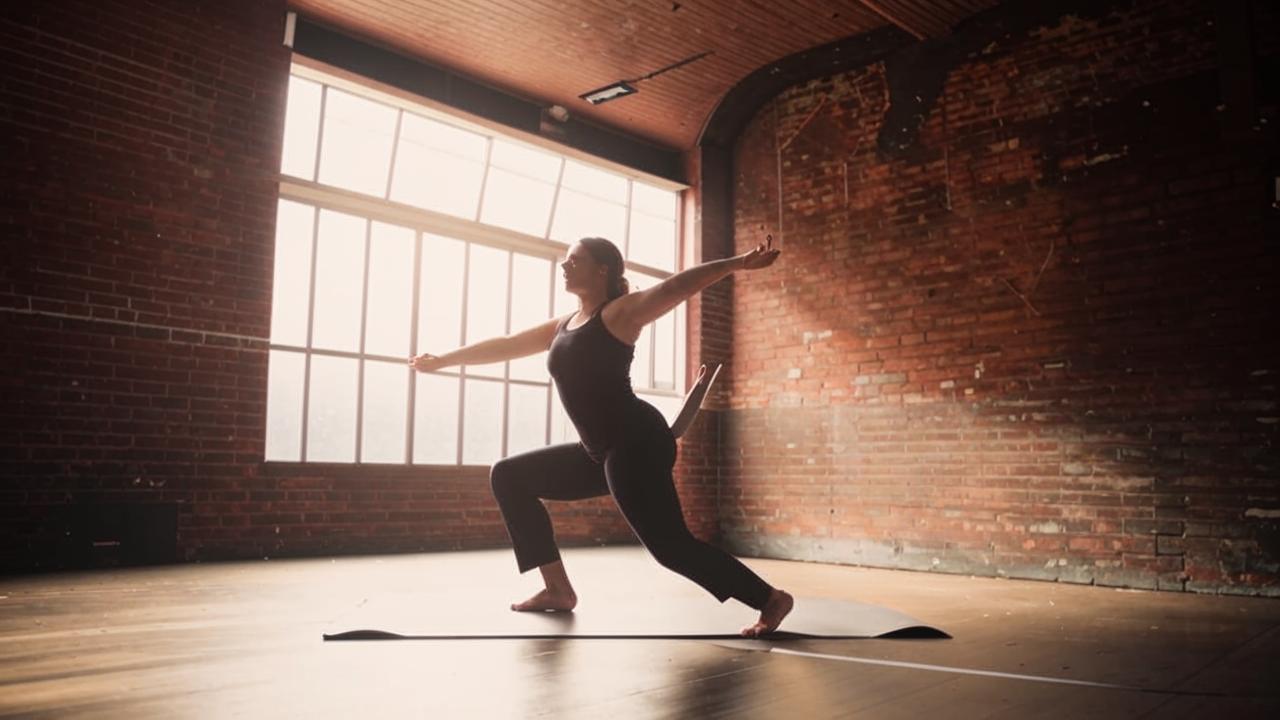In hectic everyday life, sometimes you want to feel calm, replenish resources and stop. In search of this, people often resort to yoga, practicing different asanas. One of the most famous is the lotus pose.
On the face of it, the position is quite simple, but it is quite difficult to perform. Before taking this position, you need to prepare yourself. How to do this, you will learn below.

hatha yoga instructor
Lotus pose or padmasana is one of the classic meditative asanas in yoga, in which the body is motionless and stable due to the firmly fixed position of the legs. Padmasana translates from Sanskrit as “lotus flower” (padma). It is the embodiment of purity, spirituality, wisdom and enlightenment.
How lotus pose is useful
Asana increases blood circulation in the lumbar and pelvic region, which favorably affects not only the muscles, joints and ligaments, but also the internal organs of this area. If performed correctly, the pose improves the mobility of the hip joints and ankles. When performed incorrectly, it harms the knees.
Properly performed asana “Lotus” carries a positive energy charge. It makes the body stable, frees the mind from thoughts and disposes to meditation.
Straight spine lets energy into the body, and legs crossed and pressed, hold in it the energy of the bottom, which controls the excretory and reproductive abilities of the body.

The asana should not be performed without prior preparation. Firstly, it is difficult, and secondly, fraught with problems with muscles and ligaments. Yoga classes require compliance with safety rules, taking into account the individual characteristics of the body and the degree of preparation.
Learning to sit in the lotus position will help stretching exercises. They are simple and help the body to adapt to complex training.
Triangle Pose – Trikonasana
Trikonasana strengthens and tones the leg muscles, strengthens the knees, increases pelvic mobility and opens the chest.
Technika
- Spread your legs wide and raise your arms to the sides, turning your palms towards the floor.
- The right foot is turned to the side, the left foot – forward at an angle of 45 degrees.
- Keeping your back straight, tilt the body to the right so that there is no discomfort.
- The right hand can be placed on the floor at the outer edge of the foot or placed on the instep of the leg.
- Pull the left arm upwards, with your gaze directed at the palm. Hold in this position for a few seconds.
- Repeat the asana to the left side.

Pigeon pose – Adho mukha kapotasana.
“Pigeon” improves the circulation of the lower part and opens it, stretches the lower back, groin and hip area.
Technika
- Sit on the floor. Bend the right leg and lay it in front of you. Turn the pelvis inward. Extend the left leg backwards.
- Keep your back straight, pull the top of your head up.
- Extend your arms upwards, and smoothly lower the body forward, lying on your stomach on the leg bent in front. Hold in this position for a few seconds.
- Repeat the asana on the left side.

Butterfly pose – Baddha konasana
“Butterfly” is designed to open the pelvis and hips, it is very beneficial for the genitourinary system.
Technika
- Sit on the floor, feet joined in front of you, opening them upwards in a book. Put your hands around your feet.
- Knees apart, perform springy movements, trying to touch the floor.
- Gradually relax the muscles of the inner side of your thighs. Hold this position for a few seconds.

Who should not do lotus pose
It is important to realize that lotus pose is not suitable for everyone. It is contraindicated for people who have problems with their knees and ankles. You need to have a certain level of flexibility to keep both knees weighted for long periods of time.
People who practice lotus pose regularly note that there is a lot of strain on the lower back and knees. Also, you should not practice this asana in case of infectious diseases and lumbosacral radiculitis.
Remember that yoga should bring relaxation and ease, not pain. If you experience discomfort, you don’t have to twist your knees to the floor or throw your ankle over your thigh in an attempt to get your feet comfortable. To arrive at the correct pose, you need to practice it regularly and little by little, emphasizing gradual stretching of the inner thighs.






